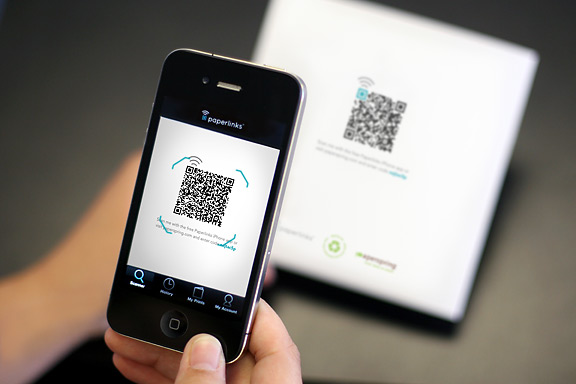One of the hottest new marketing technologies trending right now is QR codes – you know, those little square bar codes you’re seeing more frequently on packages, on signs, in the corner of ads, even on the back of people’s business cards. QR stands for Quick Response and the idea is that you can scan these little suckers with your smart phone and almost instantly get to a specific website or application. They are fun…sometimes. But as often as not, they just take you to the same homepage you could just as easily type in, delivering little added value.
Advertising Age has reported that, for a number of reasons, consumers are far less excited about QR codes compared to marketers. In fact, they cite, only 5% of mobile phone owners have ever used QR codes. (Ad Age, January 2, 2012)
Rather than focus on all the reasons why this is so, the real take-away has to do with marketers paying more attention to techniques, technologies and tactics compared with the smart development of strategies and key messaging. Thinking about what one can do with a QR code, or Facebook page, or other medium de jure is letting the tail wag the dog. Being “cool” for its own sake has low residual value compared to having a message or perspective that consumers find fresh, meaningful, relevant, surprising and memorable.
 That being said, QR codes do indeed have their place in a marketing arsenal, and they can open up new levels of consumer involvement if handled thoughtfully.
That being said, QR codes do indeed have their place in a marketing arsenal, and they can open up new levels of consumer involvement if handled thoughtfully.
Let’s start with the environment: QR codes are designed to interact with smart phones (largely iPhone and Android platforms). So if you’re asking someone to take the time to open up their QR reader app and scan your bar code, they should expect some media that is designed exclusively for their phone, or what’s the point? Trying to read a standard website on a cell phone is awkward and shows an incomplete execution. Sadly, that’s the standard for most businesses currently using QR codes in their marketing.
While we’re on the subject, keep in mind those who make up the bulk of consumers with full-function smart phones. Numerically, most are under 50. So if you’re primarily speaking to an older population, QR codes and mobile-optimized sites are of lesser value. But if you’re targeting a young or middle-aged audience, then you’re well-aimed.
As for what one can do with a QR code that adds value to the user, and doesn’t simply bring them to your landing page, here are some ideas:
No matter how you use QR codes, there are two things to keep in mind. The first is that you must have a basic reason for someone to desire to have this information on their mobile phones compared to a PC. Two, these ideas are still only tactics. It’s the strategy that must remain foremost in your thinking.
Only when you are clear in your strategy, and you can articulate in 30-seconds or less what unique competitive value you bring to your customer, should you start thinking about where and how to deploy your messaging. QR codes should always be an expression of your strategy, not the strategy itself.
In other words, make sure that you let your dog was his tail. It doesn’t work well the other way around.